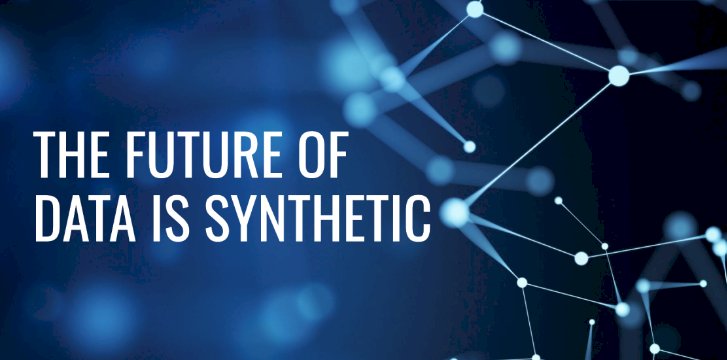Synthetic data is as good as real – next comes synthetic strategy

The era of synthetic data is upon us. It’s bad news for market research companies because they are likely to experience a steam-train decade of oncoming paranoia, pressure, and partial obsolescence. Naïve marketers might expect these firms to adopt and adapt to synthetic data, but, of course, the skills and competencies required to talk to humans and program computers are entirely different and probably prohibitive. The incumbent research firms will huff and puff for the next few years, but there is relatively little they can do about it. Expect a phalanx of objections in the months and years ahead. But expect them to also pass without much impact. If we know anything from the dodgy programmatic revolution that took hold a decade ago, it’s that marketers will always prefer a technological black box over anything. Research included.
As artificial intelligence and machine learning continue to evolve, synthetic data has emerged as a powerful tool, often matching the utility of real data. Synthetic data, generated through algorithms, offers a way to train AI models without relying on vast amounts of sensitive or hard-to-obtain real-world data. This approach not only mitigates privacy concerns but also accelerates the development of AI by providing diverse, scalable datasets. As synthetic data gains credibility, the focus is now shifting toward synthetic strategy—how organizations can effectively integrate synthetic data into their broader data strategies. By leveraging synthetic data, businesses can innovate faster, reduce risks, and explore new avenues for AI-driven growth, making it a critical component of future-proofing their operations.


















